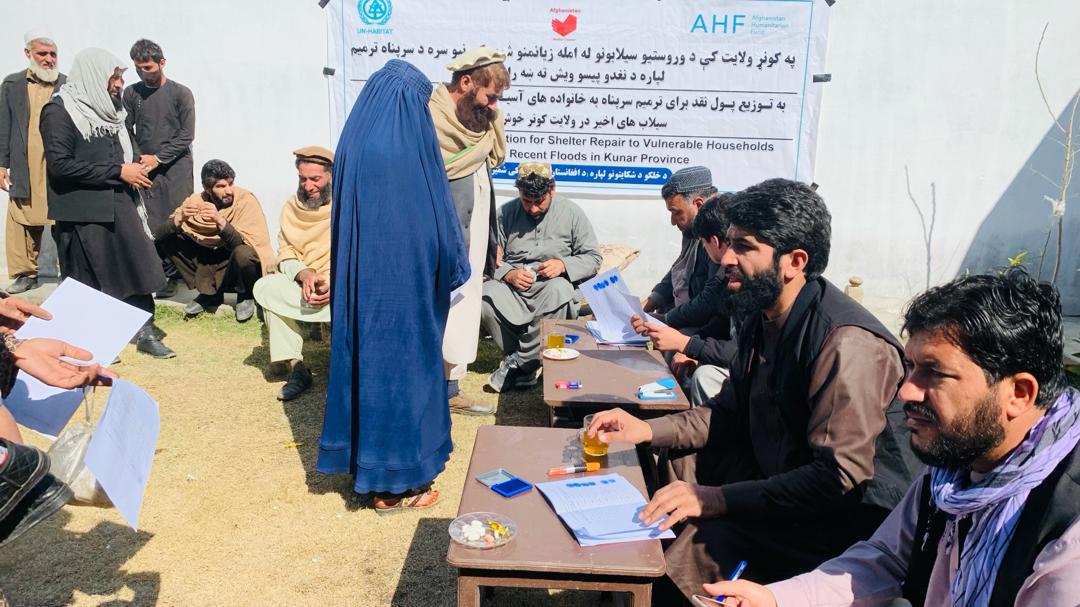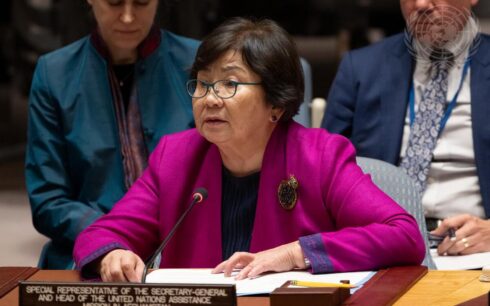The UN Office for the Coordination of Humanitarian Affairs (OCHA) has reported that 22.9 million people in Afghanistan—almost half the population—will require humanitarian assistance to survive in 2025.
OCHA said that Afghanistan’s food crisis remains critical, with an estimated 14.8 million people, nearly one-third of the population, needing food and agricultural assistance in 2025.
The UN agency added that Acute food insecurity, compounded by inadequate water, sanitation, and healthcare services, has contributed to rising malnutrition rates.
According to OCHA, 3.5 million children under five and 1.1 million women will require urgent nutrition treatment in this year.
OCHA said that the country’s fragile economy, which contracted by nearly one-third after the Taliban takeover in August 2021, continues to exacerbate the crisis. Limited development funding, unemployment, household debt, and widespread poverty afflict nearly 48 percent of the population, leaving families unable to afford basic goods and services.
Climate and natural disasters
Natural hazards, including floods, droughts, and extreme winters, further intensify Afghanistan’s humanitarian needs, OCHA said.
The UN agency added that a potential La Niña weather event in early 2025 is expected to reduce snowfall and rainfall, leading to drought-like conditions in key agricultural regions. Flooding, which impacted over 173,000 people in 2024, is also predicted to worsen, damaging homes, farmland, and essential services.
Returnee crisis strains resources
According to OCHA, the forced return of Afghan migrants from neighboring countries, particularly Pakistan and Iran, continues to place immense pressure on local communities and services. In 2024 alone, over 1.2 million undocumented Afghans returned, with 500,000 arriving in the last quarter of the year from Pakistan, the UN agency said.
It added that Iran has also announced plans to deport up to 2 million undocumented Afghans by March 2025, further straining Afghanistan’s overburdened resources.
Rights restrictions
OCHA said that the Taliban’s restrictive policies, including the August 2024 promulgation of the “morality law,” have severely curtailed women’s rights and participation in public life. The ban on girls’ secondary education and other limitations have led to increased child labor, forced marriages, and other harmful coping mechanisms, OCHA added.
The UN agency noted that vulnerable groups, including women, children, ethnic minorities, and people with disabilities, face heightened protection risks, with psychosocial distress reported in 57 percent of Afghan households.
Afghanistan also remains one of the most explosive ordnance-contaminated countries in the world, with an average of 55 casualties per month, most of them children, OCHA said.
Humanitarian response for 2025
Despite the challenges, OCHA said it has outlined an ambitious humanitarian response plan for 2025, targeting 16.8 million people with lifesaving assistance.
The response will include food aid, emergency shelter, healthcare (including maternal and reproductive health services), safe drinking water, sanitation, cash assistance, and protection services for vulnerable groups.
Humanitarian partners are appealing for $1.09 billion to fund these efforts, emphasizing the importance of addressing both acute and chronic needs while advocating for the protection and inclusion of marginalized populations, the UN agency said.
“Afghanistan faces overlapping crises—economic, environmental, and humanitarian,” OCHA stated, adding that a comprehensive and well-supported response is critical to alleviating the suffering of millions.





